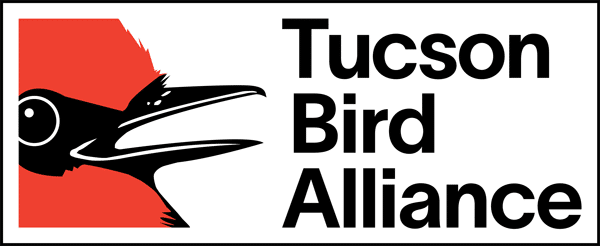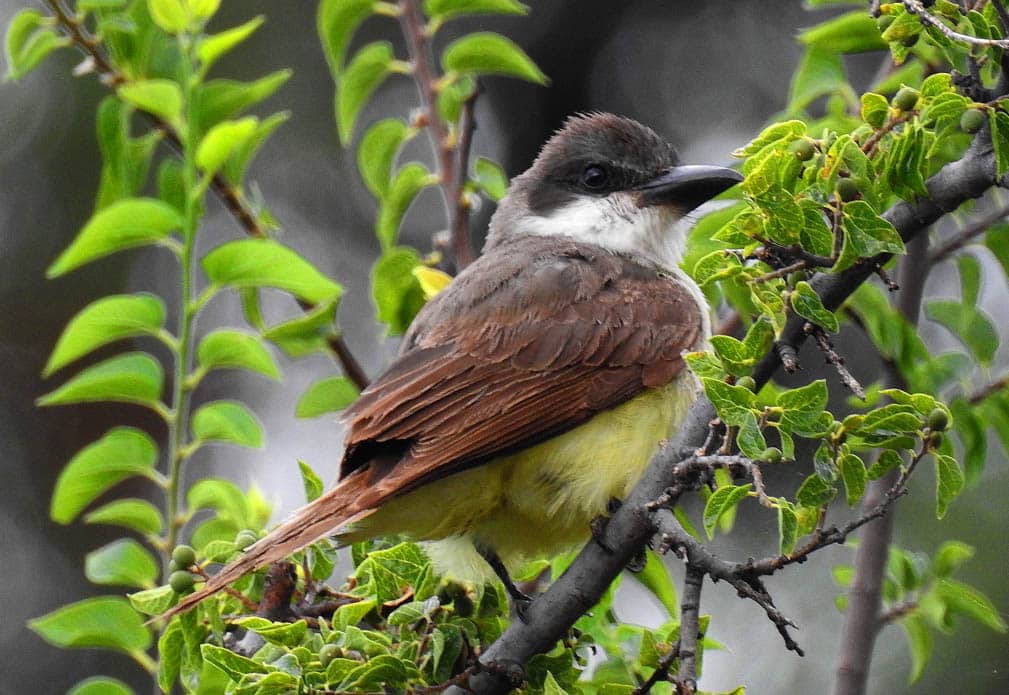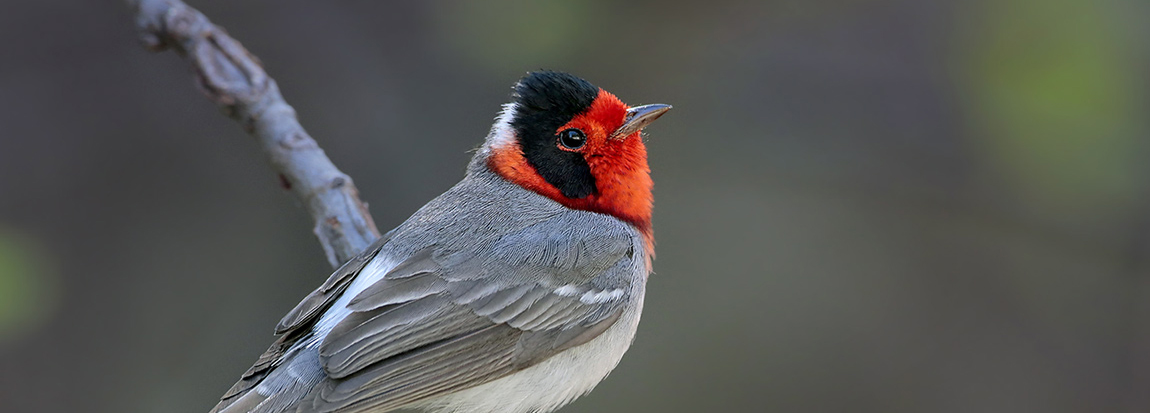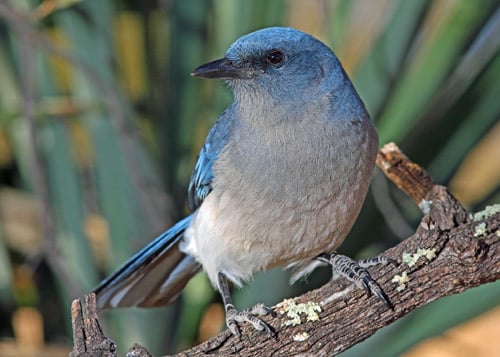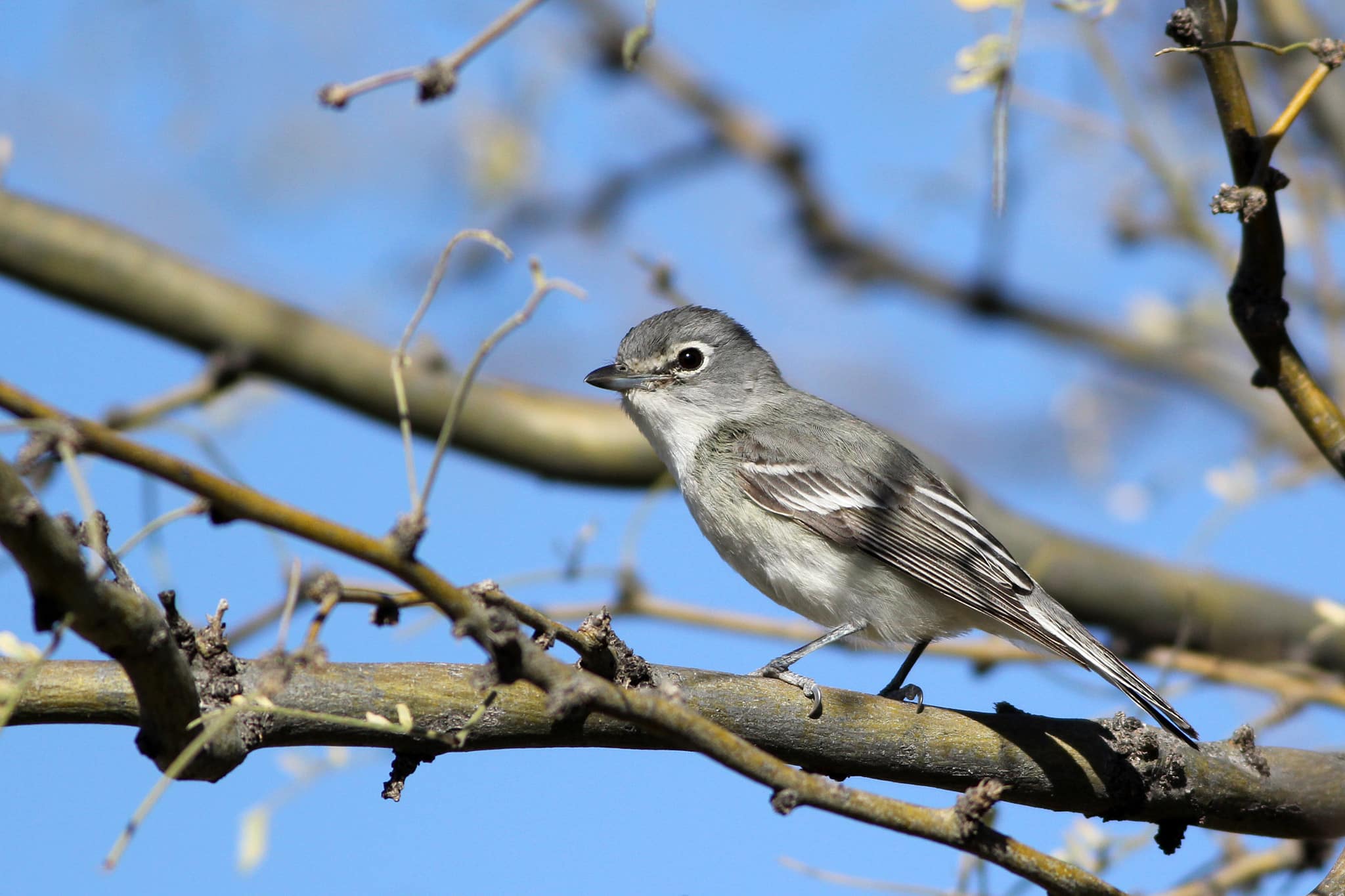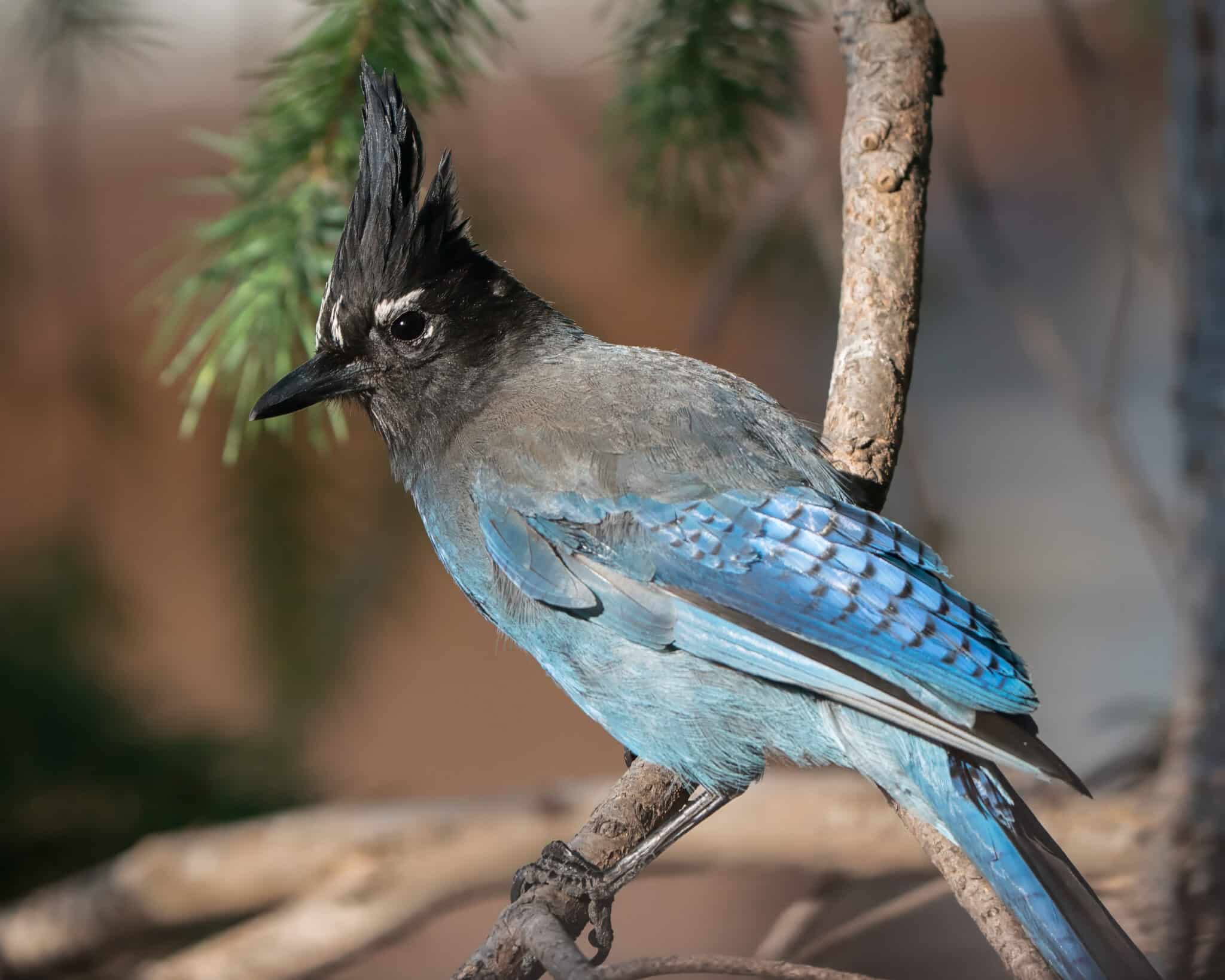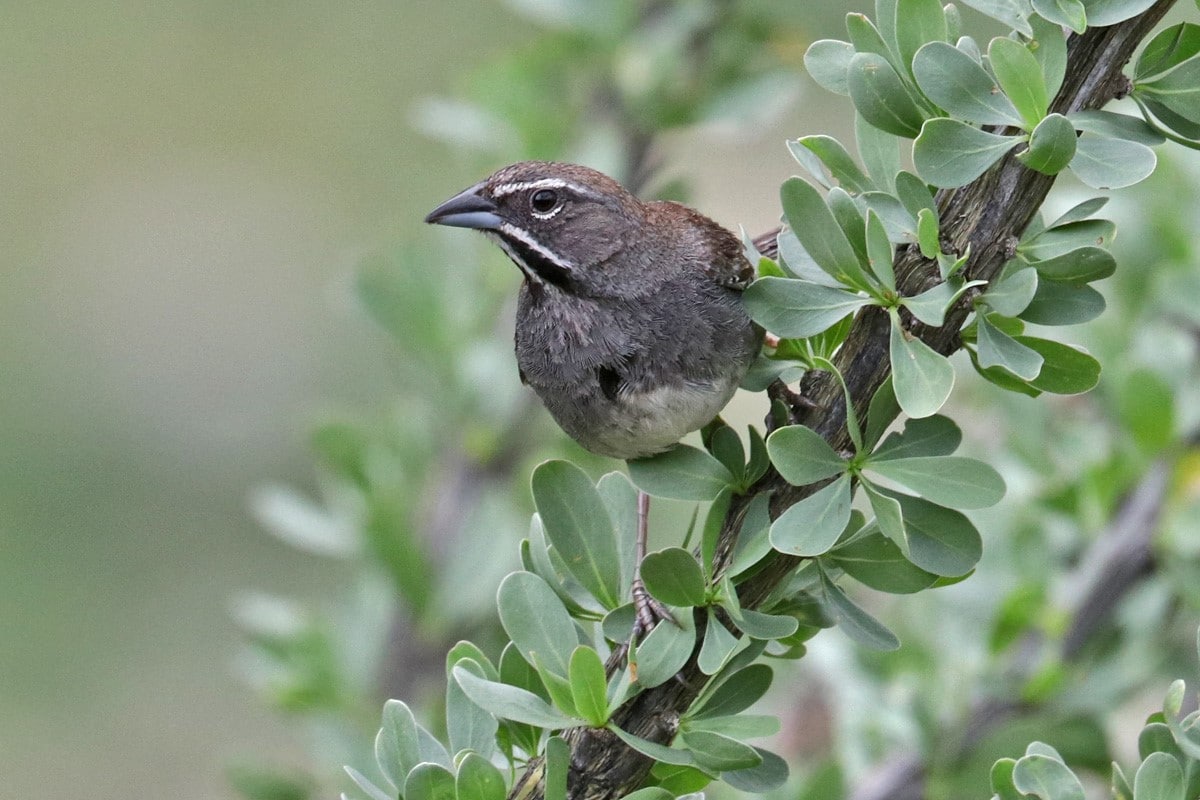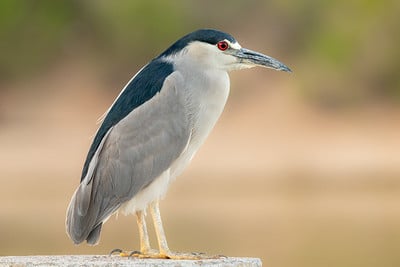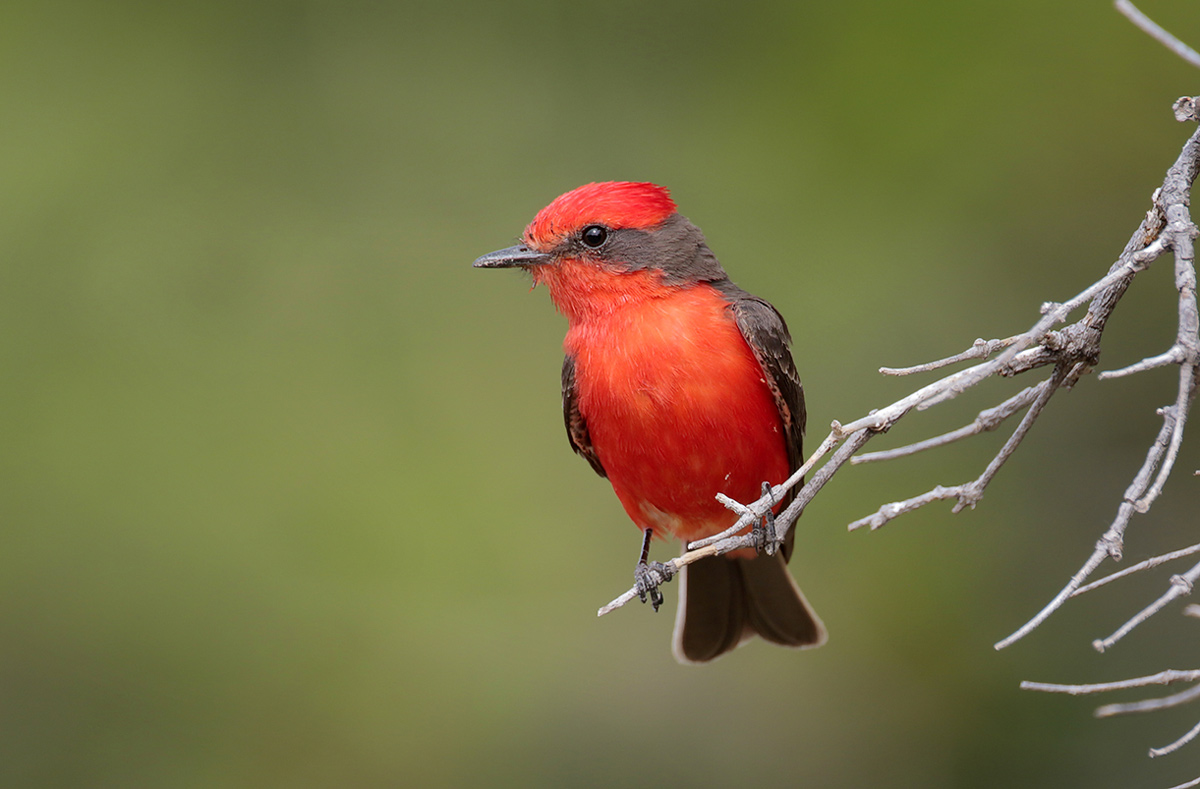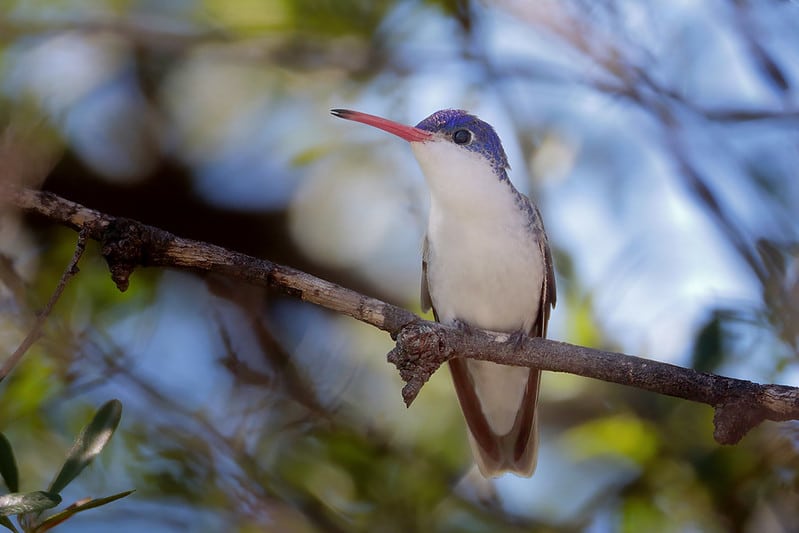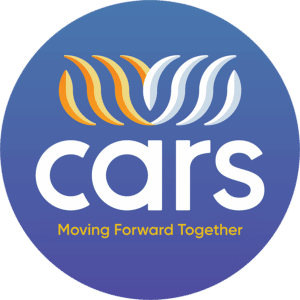Difficulty: Moderate (Some walking on mild slopes, and possibly rocky/uneven surfaces. Drive time to location approximately one hour on some paved and gravel roads)
We’ll begin with a visit to the open grasslands around Sonoita looking for species such as Chihuahuan Meadowlark, Loggerhead Shrike, and Botteri’s and Grasshopper Sparrows. We’ll then head down to one of the most well-known birding areas in the region, Patagonia. Here we’ll search for Arizona specialties such as Gray Hawk, Thick-billed Kingbird, and Violet-crowned Hummingbird and enjoy our lunch. We should see a wide variety of species throughout the day. Lunch included. Limited to 8 participants.
Thick-billed Kingbird by Martin Molina
